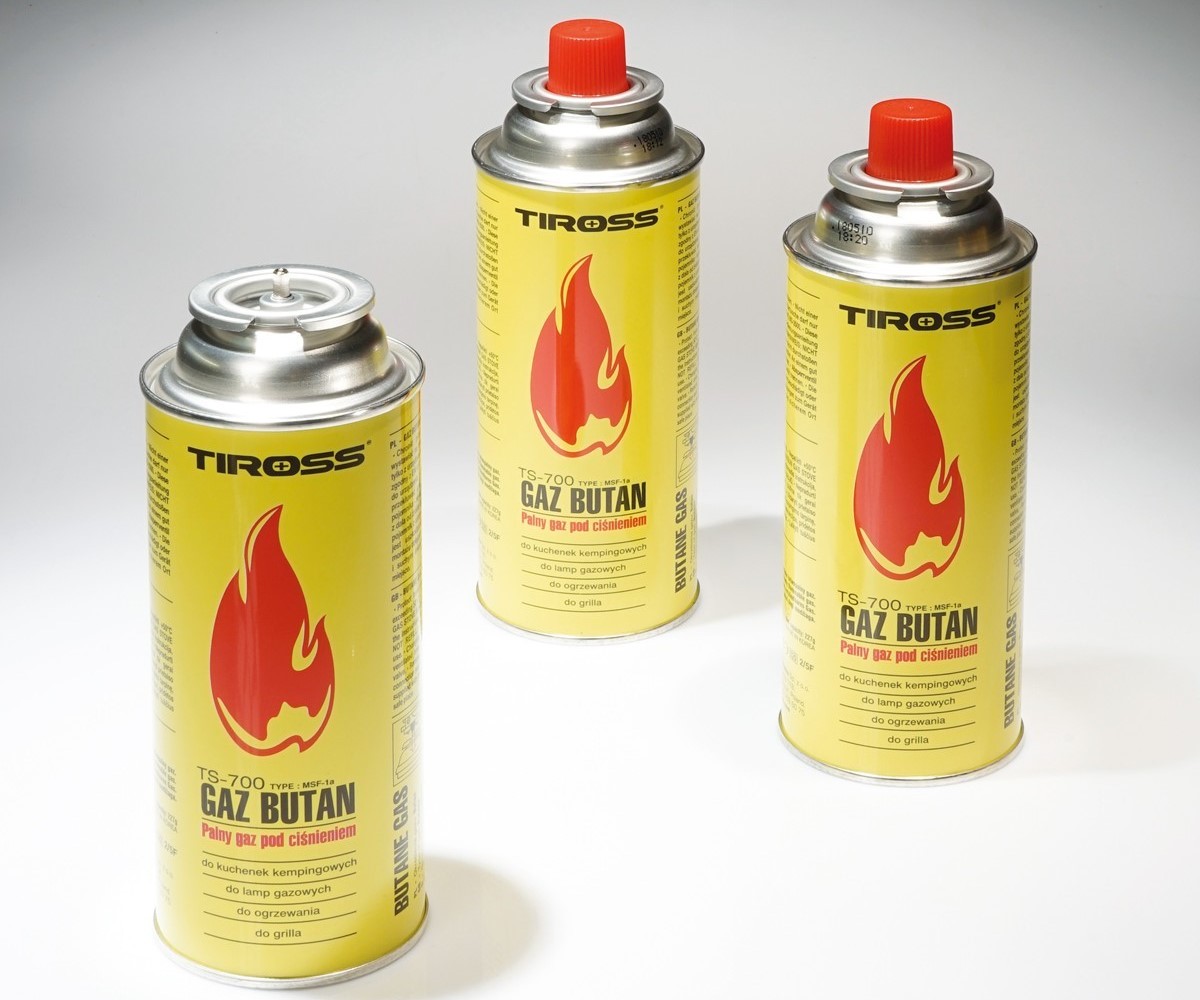

Articles
How To Store Butane Canisters
Modified: January 5, 2024
Discover the best practices for safely storing butane canisters in this informative articles guide. Keep your canisters secure and in optimal condition for maximum efficiency.
(Many of the links in this article redirect to a specific reviewed product. Your purchase of these products through affiliate links helps to generate commission for Storables.com, at no extra cost. Learn more)
Introduction
Welcome to this article on how to store butane canisters. Butane canisters are commonly used for various purposes, including camping, cooking, and heating. They are a convenient and portable source of fuel, but it is crucial to handle and store them properly to ensure safety.
In this article, we will discuss the necessary safety precautions, tips on choosing the right storage area, proper handling and transportation techniques, avoiding extreme temperatures, checking for leaks and damage, and proper disposal methods. By following these guidelines, you can minimize the risk of accidents and ensure the longevity of your butane canisters.
Before we dive into the details, it is important to note that safety should always be the top priority when handling any type of fuel. This applies not only to butane canisters but also to propane, gasoline, and other flammable materials. Understanding and adhering to proper safety procedures will help prevent accidents and protect yourself and others from potential harm.
So, let’s delve into the essential aspects of storing butane canisters and ensure that we use these fuel sources responsibly.
Key Takeaways:
- Proper storage, handling, and disposal of butane canisters are crucial for safety. Follow safety precautions, choose the right storage area, and check for leaks to minimize risks and ensure a safer environment.
- Prioritize safety by keeping butane canisters away from heat, storing them upright, and avoiding extreme temperatures. Proper disposal and regular checks for leaks and damage are essential for safe handling.
Read more: How To Fill A Butane Lighter Without Adapter
Safety Precautions
When it comes to storing butane canisters, there are several safety precautions that you should keep in mind. These precautions are essential to prevent accidents, ensure the safety of everyone around, and maintain the integrity of the canisters. Let’s take a closer look at some important safety measures:
- Keep away from heat and flames: Butane is highly flammable and should be kept away from heat sources and open flames. Store your butane canisters in a cool, dry, and well-ventilated area, away from any ignition sources, such as stoves, heaters, or open flames.
- Store in an upright position: It is important to store butane canisters in an upright position. This prevents any potential leakage and ensures the valve is properly sealed. Avoid storing them on their sides or upside down, as this can lead to leaks and increase the risk of accidents.
- Keep out of reach of children: Store butane canisters in a secure location, out of the reach of children and pets. Children may not understand the dangers associated with these canisters and should be kept away to prevent any accidents or injuries.
- Avoid direct sunlight: Exposure to direct sunlight can increase the internal pressure of the canisters, leading to potential leakage or even explosion. Store your butane canisters in a shaded area to prevent prolonged exposure to sunlight.
- Do not puncture or expose to extreme temperatures: Butane canisters are designed to withstand certain temperatures. Puncturing the canisters or exposing them to extreme heat or cold can compromise their integrity and increase the risk of leaks or explosions. Avoid storing them near heaters, radiators, or any other heat sources.
- Do not tamper with valves or seals: The valves and seals on butane canisters are specifically designed for safe use. Do not modify or tamper with them in any way. Any tampering can lead to gas leaks or other potential hazards.
- Do not smoke while handling: Always prioritize safety by refraining from smoking or using open flames while handling butane canisters. Smoking near these canisters can lead to ignition and fire hazards.
By following these safety precautions, you can minimize the risks associated with storing and handling butane canisters. Remember, prevention is always better than cure, and taking the necessary precautions will help ensure your safety and the safety of those around you.
Choosing the Right Storage Area
When storing butane canisters, it is important to choose the right storage area to ensure their safety and prolong their shelf life. Here are some factors to consider when selecting the ideal storage space:
- Well-ventilated location: Choose a storage area that is well-ventilated to allow any potential gas buildup to dissipate. This is particularly important if you are storing a significant number of canisters or if the space is small. Good ventilation helps prevent the accumulation of flammable gases and reduces the risk of explosions.
- Cool and dry environment: Opt for a cool and dry storage area to maintain the integrity of the butane canisters. Avoid areas with high humidity or excessive moisture, as this can lead to corrosion or damage to the canisters. Moisture can also react with the butane gas, affecting its quality and performance.
- Away from heat sources: Select a storage space that is away from any heat sources, such as direct sunlight, open flames, or heaters. Exposure to high temperatures can increase the pressure inside the canisters, which may cause leaks or even explosions. Keep them in a shaded area or a separate storage cabinet away from sources of heat.
- Secure and stable location: Ensure that the storage area is secure and stable to prevent accidental tipping or falling of the canisters. The space should be free from any potential risks or hazards that could potentially damage the canisters or compromise their integrity.
- Easily accessible: While safety is paramount, it is also important to choose a storage area that is easily accessible when needed. In the event of an emergency or when you require the butane canisters, you should be able to reach them quickly and without any obstacles or inconvenience.
By considering these factors when choosing the right storage area, you can ensure the safety and longevity of your butane canisters. Remember to always follow the manufacturer’s instructions and local regulations regarding the storage of flammable materials. Taking the time to select an appropriate storage space will provide you with peace of mind and ensure that your butane canisters are ready for use when needed.
Proper Handling and Transportation
Handling and transporting butane canisters require caution and a focus on safety to prevent any accidents or leaks. Whether you are moving the canisters within your home or taking them on a trip, follow these guidelines for proper handling and transportation:
- Handle with care: When handling butane canisters, be careful not to drop or mishandle them. Rough handling can damage the valves or seals, leading to potential leaks. Treat the canisters with care and avoid any unnecessary jostling or impact.
- Keep the valves closed: Before moving or transporting butane canisters, ensure that the valves are tightly closed. This prevents any gas leakage during transportation and keeps the canisters secure.
- Avoid extreme temperatures: Just as with storage, avoid exposing the canisters to extreme temperatures during transportation. Extreme heat or cold can increase the pressure inside the canisters, leading to potential leaks or explosions. Keep them in a climate-controlled environment during transportation.
- Use appropriate containers: If you need to transport butane canisters, make sure to use suitable containers specifically designed for this purpose. These containers should provide proper insulation and prevent any movement or damage during transit.
- Secure transportation: Whether you are transporting the canisters in a vehicle or carrying them by hand, ensure that they are properly secured. Use seat belts, straps, or other restraints to prevent any tipping or rolling during transportation. If you are using a vehicle, make sure the canisters are placed in an area where they won’t be bumped or thrown around during the journey.
- Keep away from ignition sources: During transportation, keep the butane canisters away from any ignition sources, such as cigarettes or open flames. Even a small spark can ignite the butane gas and lead to a dangerous situation.
- Be aware of local regulations: It is important to be familiar with the transportation regulations in your area. Some jurisdictions may have specific rules or restrictions on transporting flammable materials, including butane canisters. Make sure you comply with these regulations to avoid any legal issues.
By following these proper handling and transportation procedures, you can ensure the safety of yourself, others, and the environment. Remember that safety should always be the priority when dealing with flammable materials, and taking the necessary precautions is essential to prevent accidents and incidents.
Store butane canisters in a cool, dry place away from direct sunlight and sources of heat. Keep them upright and ensure the valve is closed tightly to prevent leaks.
Avoiding Extreme Temperatures
Avoiding extreme temperatures is crucial when it comes to storing butane canisters. Extreme heat or cold can compromise the integrity of the canisters and increase the risk of leaks or explosions. Here are some tips to help you avoid extreme temperatures:
- Avoid direct sunlight: Direct sunlight can significantly increase the temperature inside the canisters, leading to an increase in pressure. As a result, this can cause leaks or even explosions. Store your butane canisters in a shaded area to prevent prolonged exposure to sunlight.
- Keep away from heat sources: Butane canisters should be kept away from any heat sources, such as stoves, heaters, radiators, or open flames. These heat sources can raise the temperature of the canisters and pose a serious safety hazard. Choose a storage area that is cool and separate from any potential heat sources.
- Avoid freezing temperatures: Extreme cold can cause the canisters to contract, potentially leading to leaks or other issues. Avoid storing butane canisters in areas subject to freezing temperatures, such as outdoor sheds or unheated garages. Instead, find a cool but controlled climate environment for storage.
- Consider insulation: If you live in an area with extreme temperatures, consider using insulating materials or containers designed to protect against temperature fluctuations. These specialized containers can help maintain a stable temperature for your butane canisters and prevent them from being exposed to extreme heat or cold.
- Monitor the surrounding temperature: Regularly check the temperature of the storage area to ensure it remains within a safe range. Use a thermometer to monitor the temperature and take necessary actions if you notice any significant fluctuations. Maintaining a consistent temperature will help prevent any potential risks associated with extreme temperatures.
- Transport with temperature control: If you need to transport butane canisters, make sure they are transported in a climate-controlled environment. This will help maintain a stable temperature and minimize the risk of exposure to extreme heat or cold during the transportation process.
By following these guidelines and avoiding extreme temperatures, you can help ensure the safety and longevity of your butane canisters. Keep in mind that extreme temperatures can compromise the integrity of the canisters and increase the risk of accidents. Regularly assess and maintain the temperature conditions to provide optimal storage for your butane canisters.
Read more: 15 Coffee Canister for the Home Baristas
Checking for Leaks and Damage
Regularly checking for leaks and damage is crucial when storing butane canisters to ensure the safety of yourself and those around you. Even small leaks or damage can lead to potentially hazardous situations. Follow these steps to effectively check for leaks and damage:
- Inspect the canister: Before and after each use, visually inspect the canister for any signs of damage or corrosion. Look for dents, rust, or any other visible issues that could compromise the integrity of the canister.
- Check the valve: Ensure that the valve on the butane canister is tightly closed and in good condition. If the valve appears damaged or does not close properly, do not use the canister and safely dispose of it according to the proper disposal methods.
- Perform a leak test: To check for potential leaks, apply a soapy solution to the valve area and check for any bubbles. If you notice bubbles forming, it indicates a leak. In such cases, do not use the canister and dispose of it safely.
- Use a leak detector: If you want a more precise method of checking for leaks, consider using a commercial leak detector specifically designed for detecting gas leaks. Follow the instructions provided with the detector to perform the test effectively.
- Pay attention to gas odor: Butane gas has a distinct odor that is easily noticeable. If you detect a strong smell of gas, even without performing a specific test, it is a clear indication of a potential leak. In such cases, take immediate action by moving to a well-ventilated area and contacting the appropriate authorities.
- Practice periodic checks: Make it a habit to perform periodic checks on your stored butane canisters to ensure their condition. This includes inspecting the canisters, checking the valves, and conducting leak tests. Regular checks can help identify any issues early on and prevent accidents or incidents.
By following these steps and regularly checking for leaks and damage, you can significantly reduce the risk of accidents associated with butane canisters. Remember, safety should always be the top priority when handling flammable materials, and a proactive approach to checking for leaks and damage will help ensure a safe storage environment.
Proper Disposal Methods
When it comes to disposing of butane canisters, it is essential to do so safely and responsibly. Improper disposal can lead to environmental pollution and pose a risk to public safety. Follow these guidelines for proper disposal of butane canisters:
- Empty the canister: Before disposal, make sure the butane canister is completely empty. Use up all the fuel remaining in the canister by using it for its intended purpose or by releasing the gas in a well-ventilated outdoor area. Do not attempt to puncture or open the canister to release the gas.
- Check local regulations: Familiarize yourself with the disposal regulations and guidelines specific to your area. Some localities may have specific guidelines on how to dispose of flammable materials, including butane canisters. Check with your local waste management or environmental agency for proper instructions.
- Recycling: Some areas may have recycling programs for empty butane canisters. Check if there are any recycling facilities or drop-off locations near you that accept these types of containers. Proper recycling helps reduce waste and promotes environmental sustainability.
- Household hazardous waste collection: If there are no recycling options available, consult your local household hazardous waste collection center. These centers accept various types of hazardous materials, including butane canisters, and ensure their proper disposal in an environmentally friendly manner.
- Secure the valve: Before disposing of the butane canister, ensure that the valve is tightly closed and secured. This prevents any gas leakage during transportation or handling, minimizing the risk of accidents.
- Label the container: If you need to transport the canister to a disposal facility, label the container as “empty” or “hazardous waste.” This will alert others to its contents and ensure proper handling during transportation.
- Do not dispose with regular trash: Never dispose of butane canisters with regular household waste. They should not be placed in regular recycling bins or trash cans. Proper disposal is necessary to prevent accidents and protect the environment.
Remember, proper disposal of butane canisters is crucial to ensure both your safety and environmental sustainability. Follow the local regulations, recycle if possible, and utilize designated collection centers for household hazardous waste. By doing so, you contribute to a cleaner and safer environment for everyone.
Conclusion
Properly storing butane canisters is essential for ensuring the safety of yourself, your loved ones, and the environment. By following the safety precautions, choosing the right storage area, handling and transporting them correctly, avoiding extreme temperatures, checking for leaks and damage, and properly disposing of them, you can minimize the risks associated with these flammable fuel sources.
Always prioritize safety when handling butane canisters. Keep them away from heat and flames, store them in a cool and well-ventilated area, and secure them in an upright position. Regularly inspect the canisters for damage, perform leak tests, and be aware of any strong gas odor that may indicate a leak. If you detect any leaks or damage, take immediate action by safely disposing of the canisters and contacting the appropriate authorities.
When it comes to disposal, ensure that the canisters are empty before considering recycling or using designated collection centers for hazardous waste. Do not dispose of them with regular household waste or recycling bins.
Remember, safety should always be the priority when handling flammable materials, and responsible storage and disposal practices help mitigate any potential risks. By following the guidelines outlined in this article, you can safely store and handle butane canisters, minimizing the likelihood of accidents and ensuring a safer environment for everyone.
Take the necessary steps to educate yourself and those around you about the proper storage, handling, and disposal of butane canisters. Together, we can promote safety and protect our surroundings while still benefiting from the convenience and practicality of butane fuel sources.
Frequently Asked Questions about How To Store Butane Canisters
Was this page helpful?
At Storables.com, we guarantee accurate and reliable information. Our content, validated by Expert Board Contributors, is crafted following stringent Editorial Policies. We're committed to providing you with well-researched, expert-backed insights for all your informational needs.
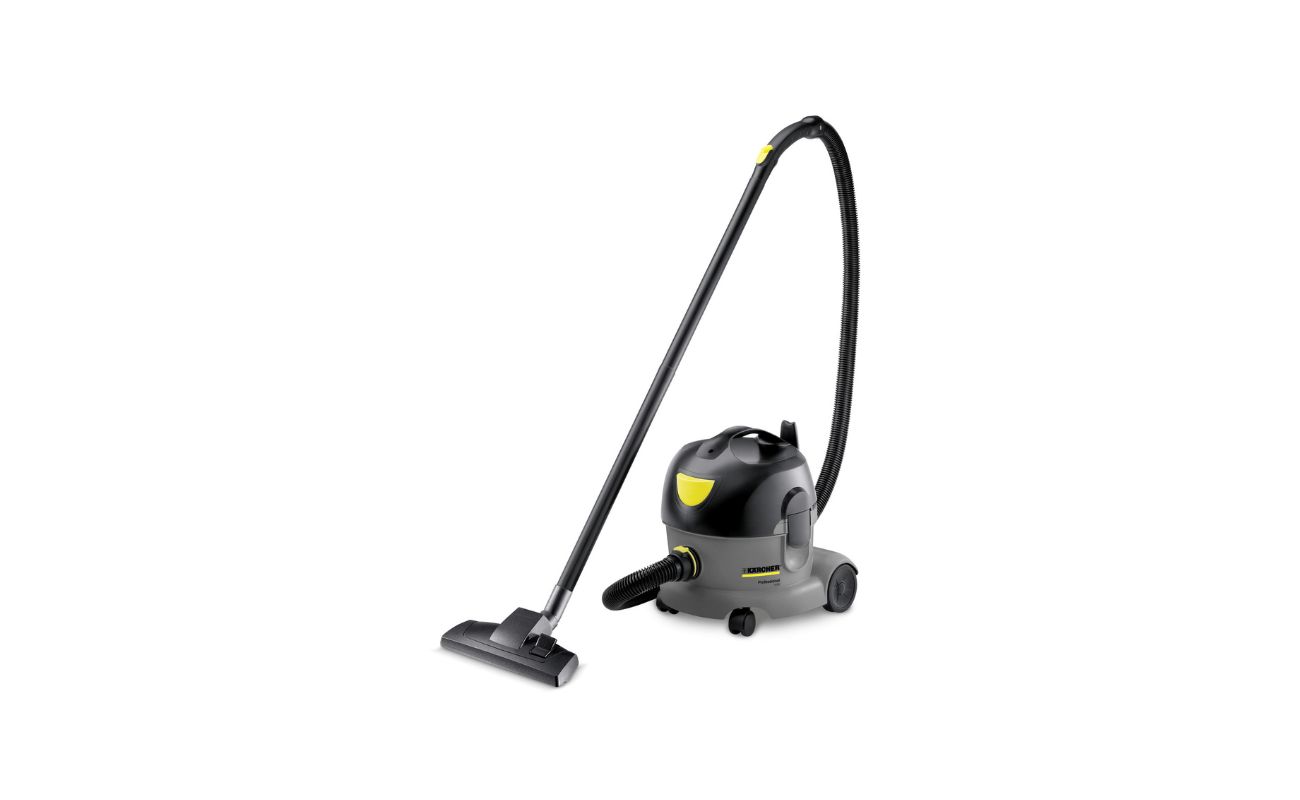
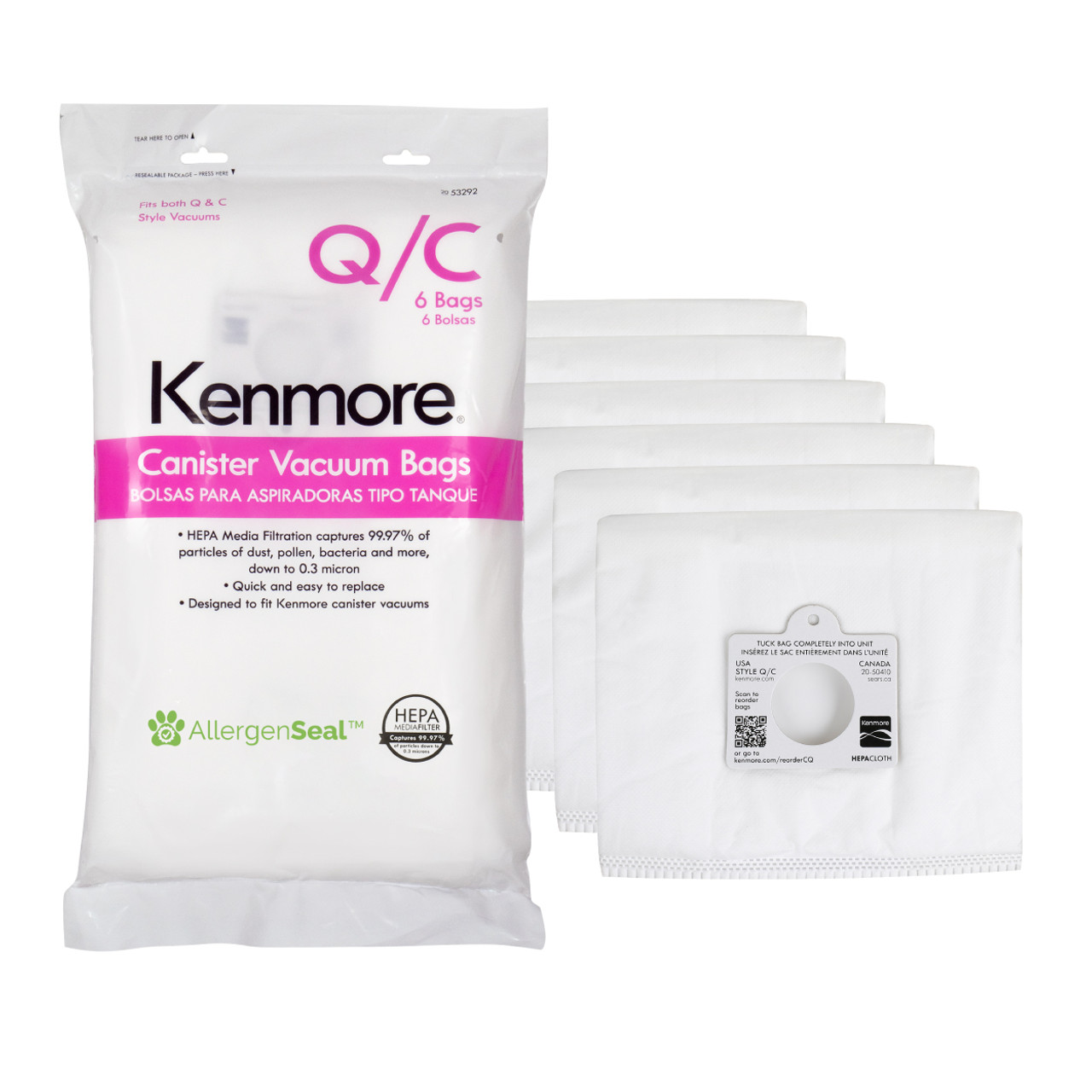
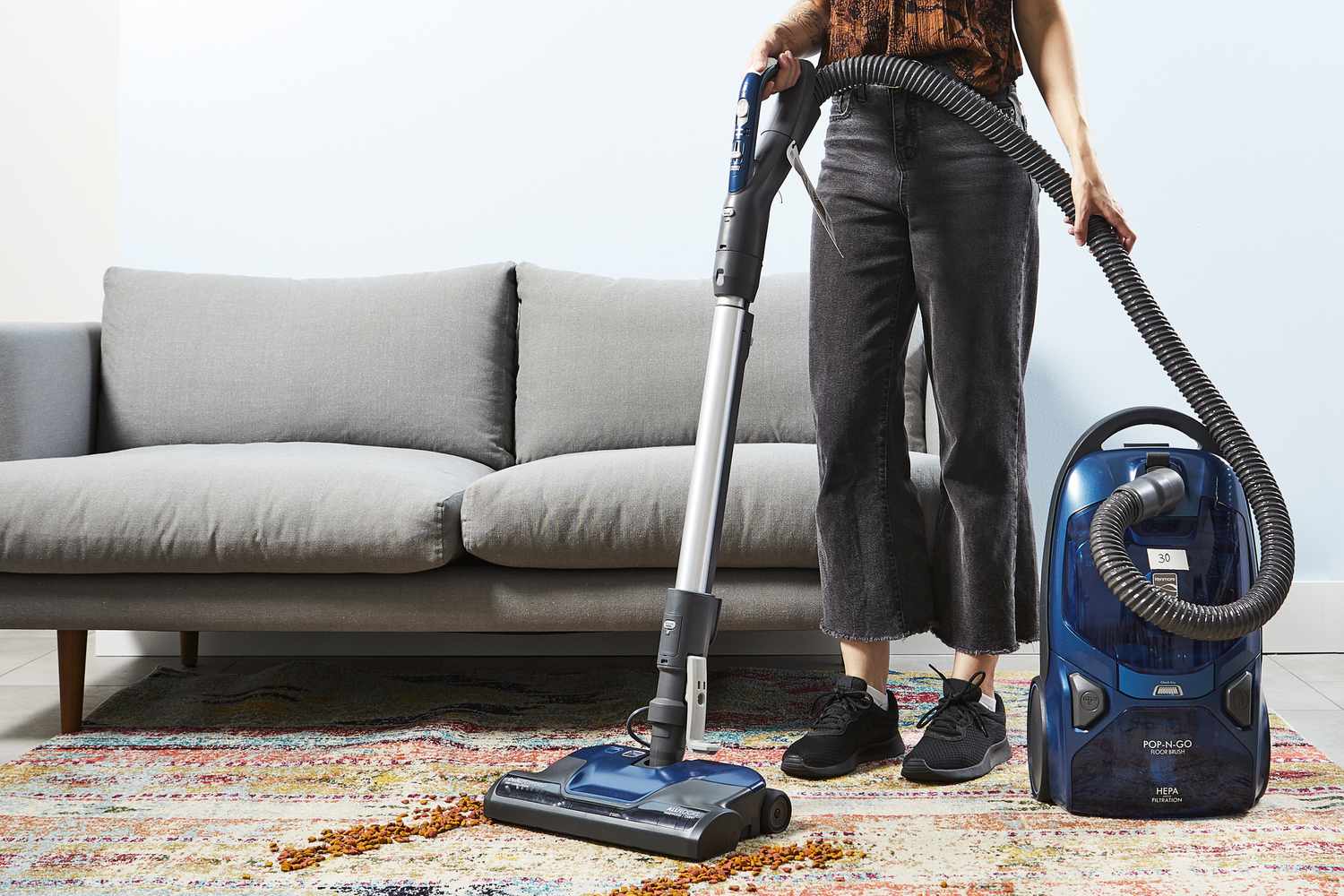
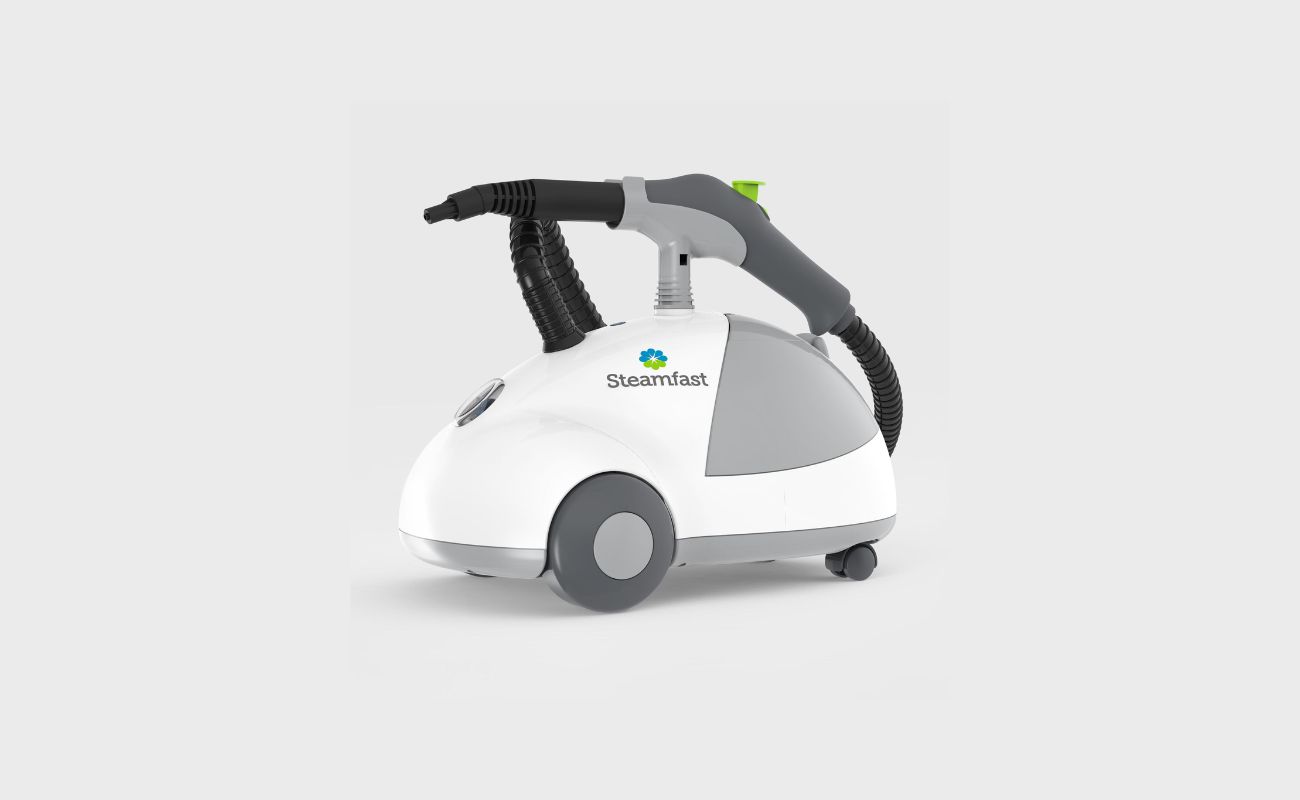
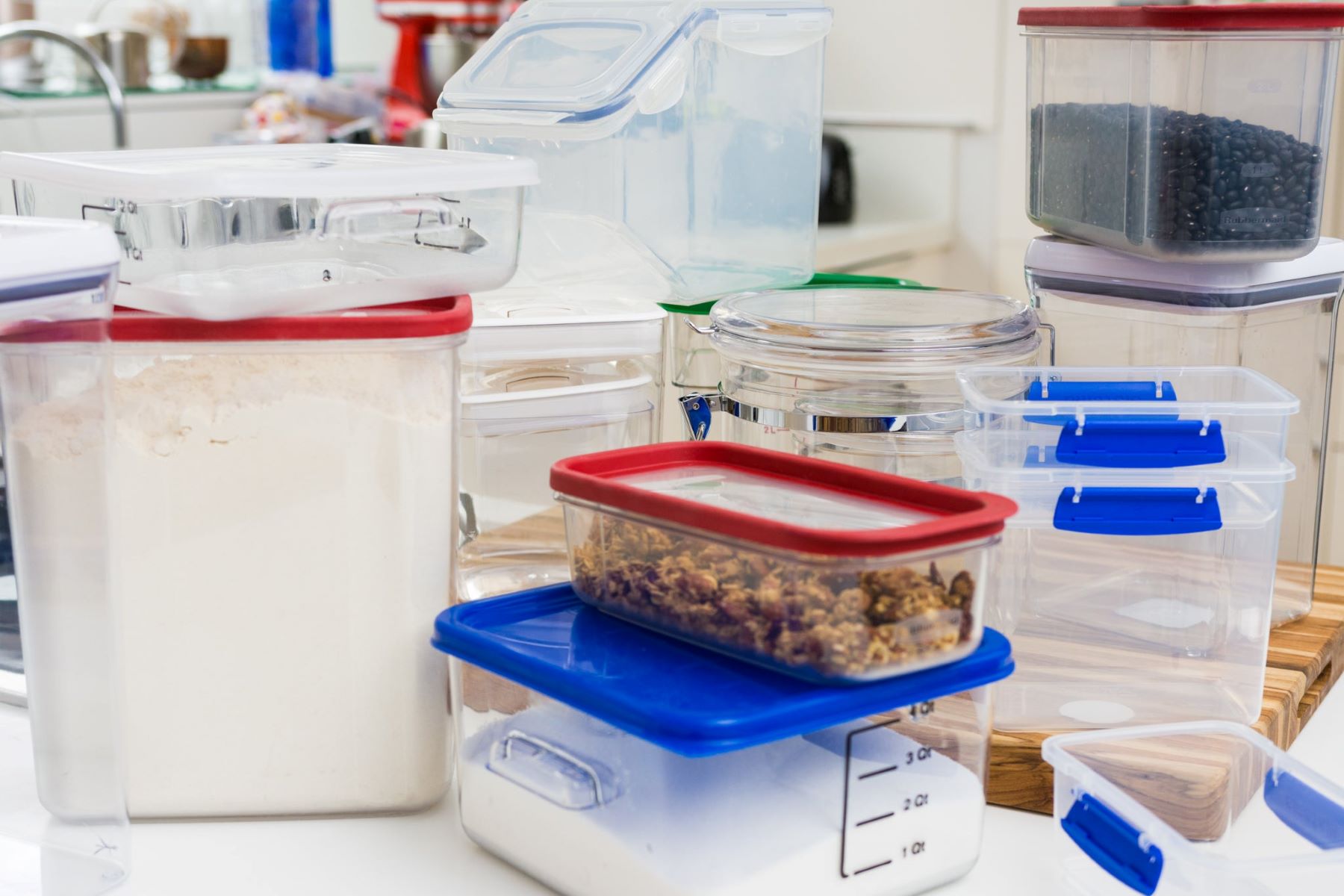
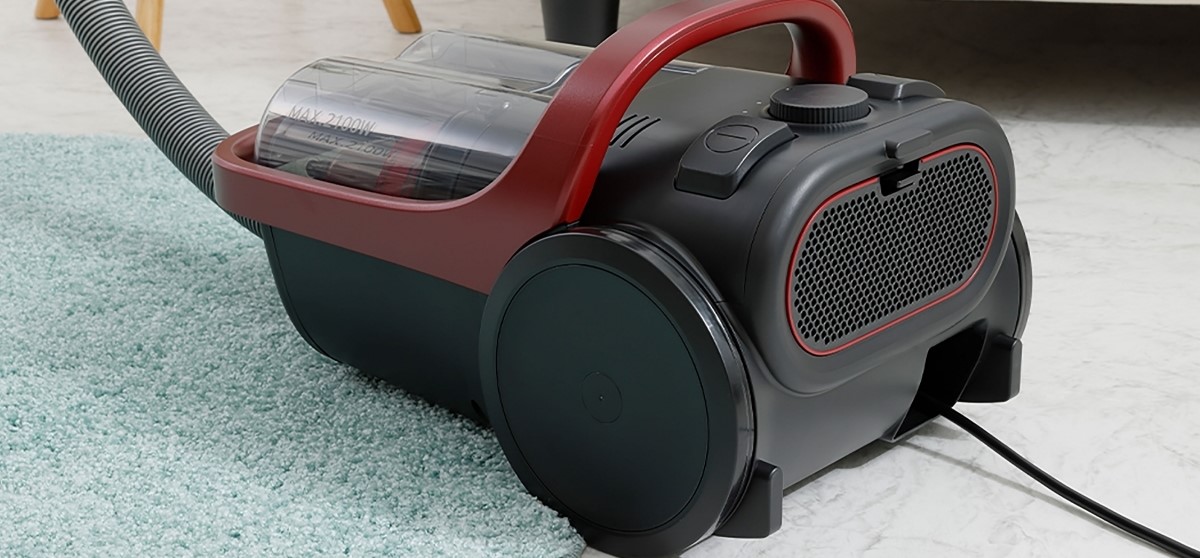
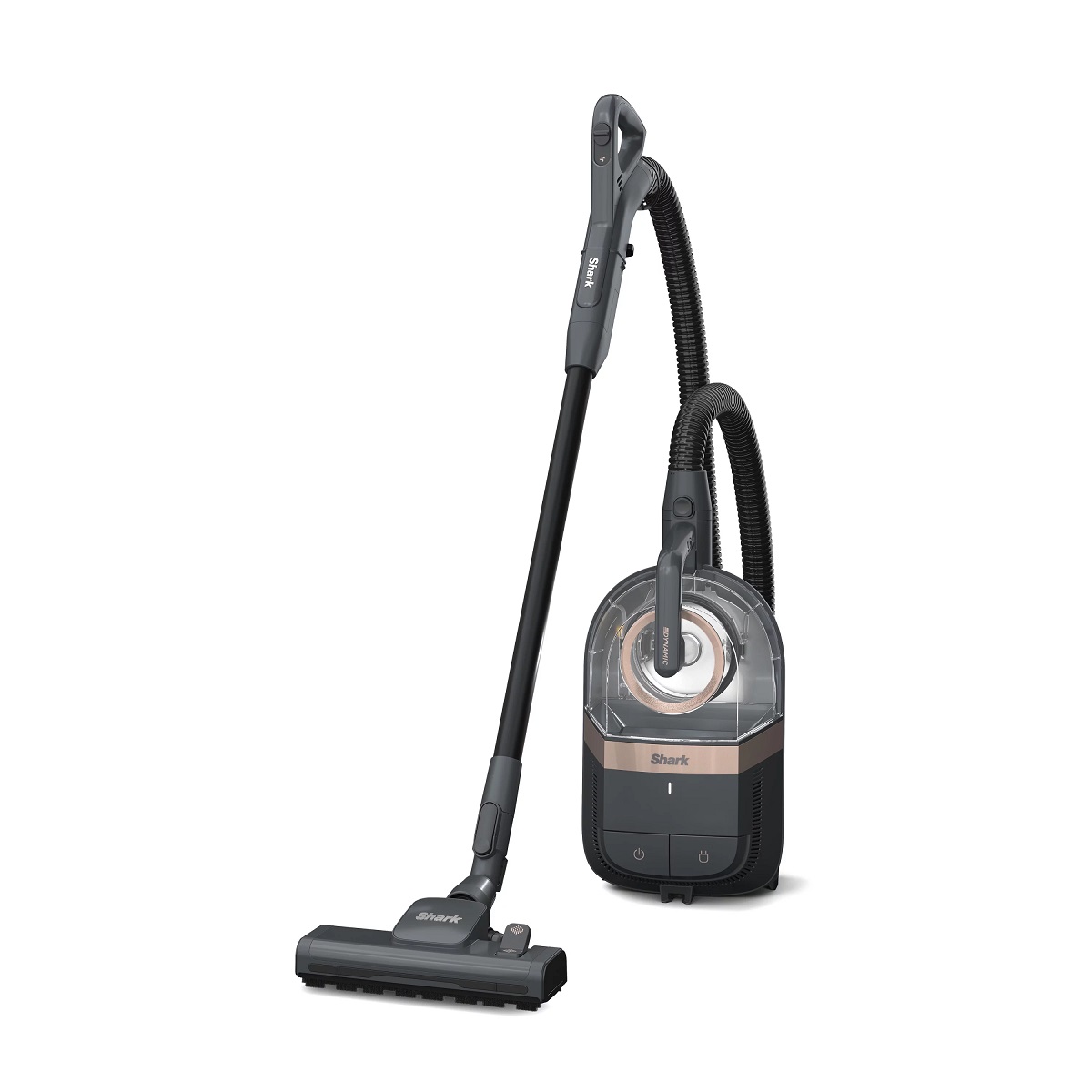
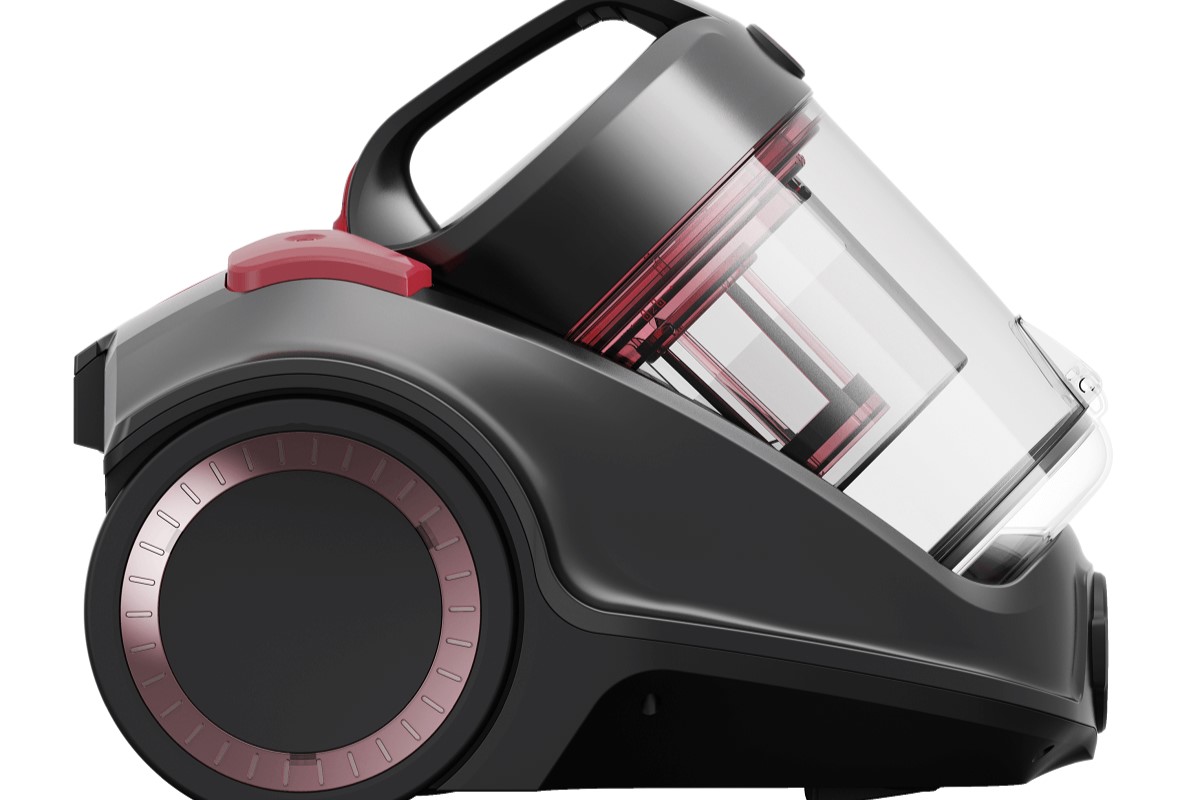
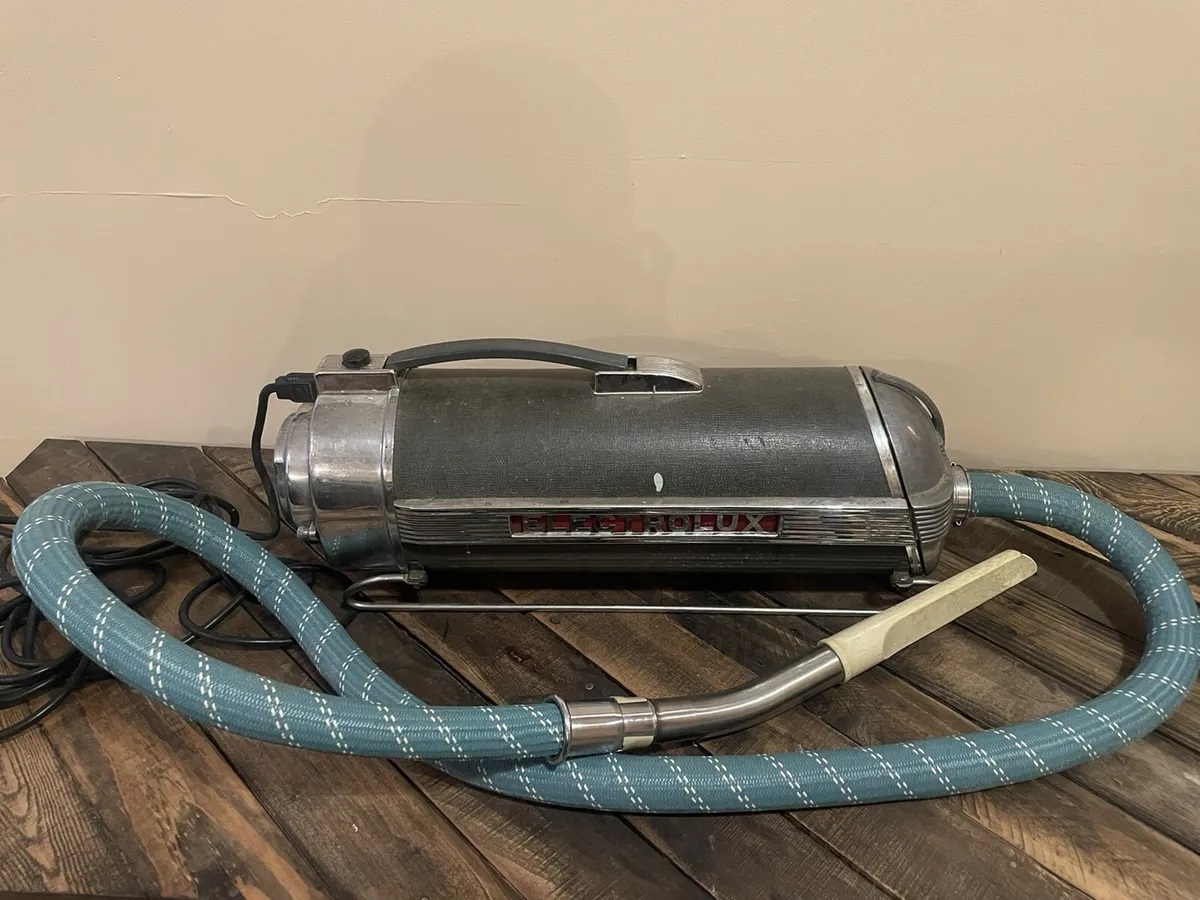
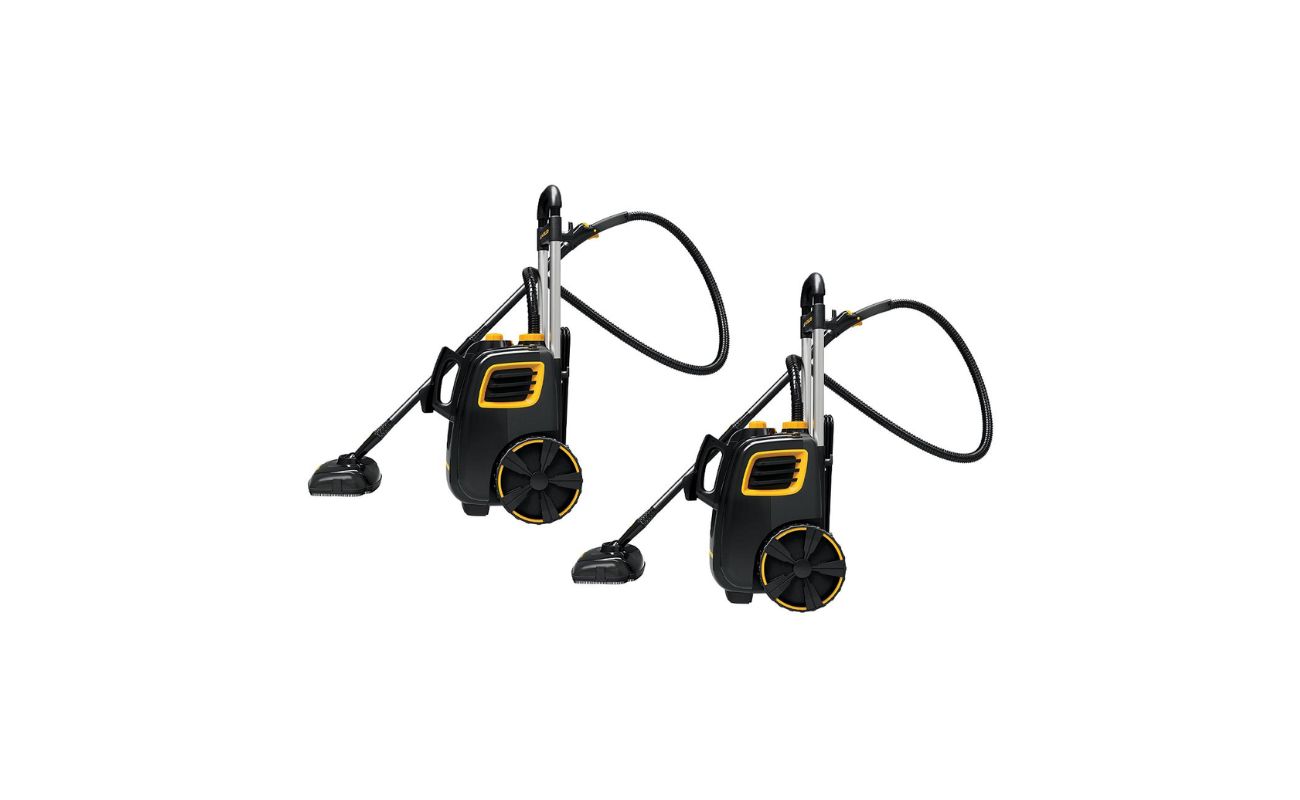
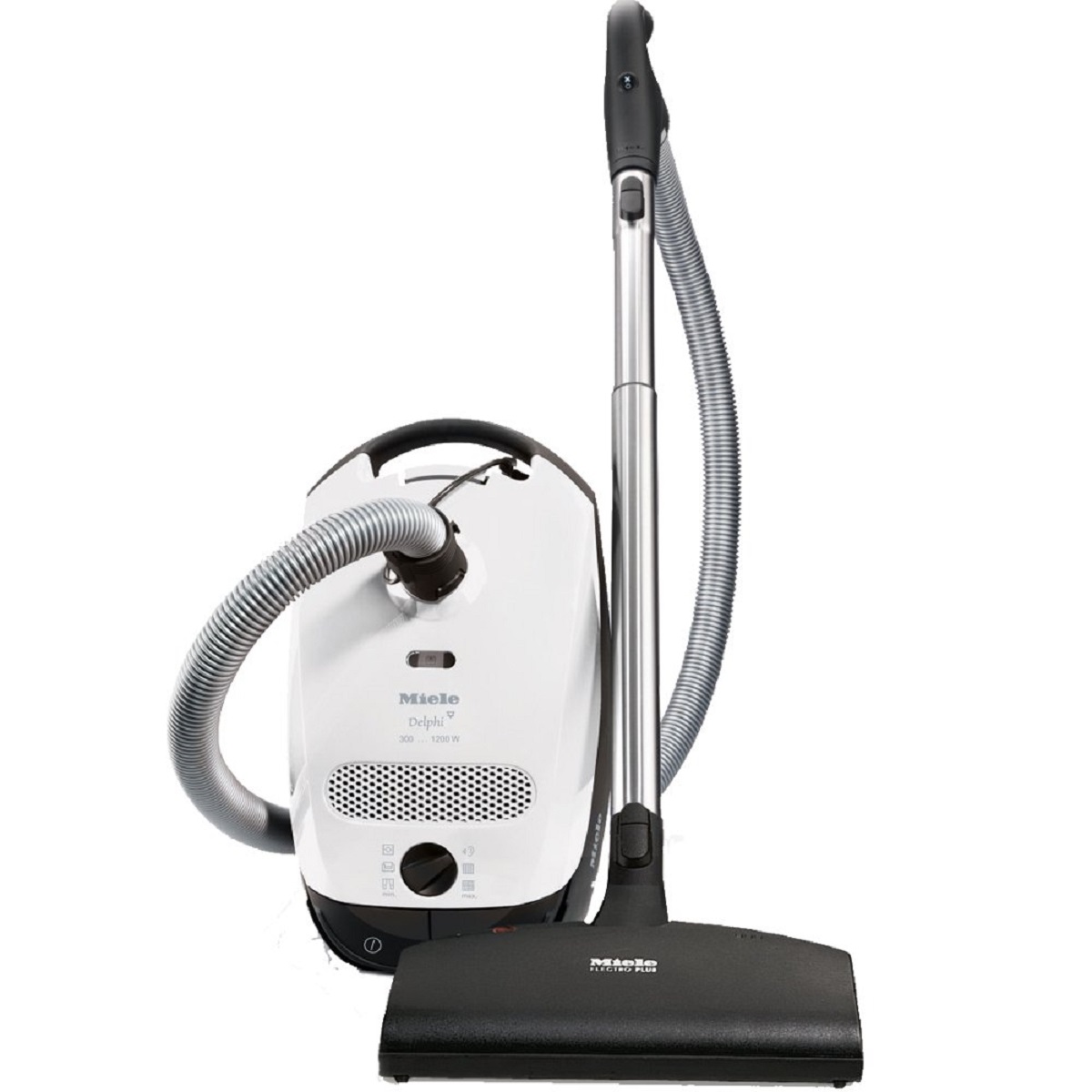




0 thoughts on “How To Store Butane Canisters”